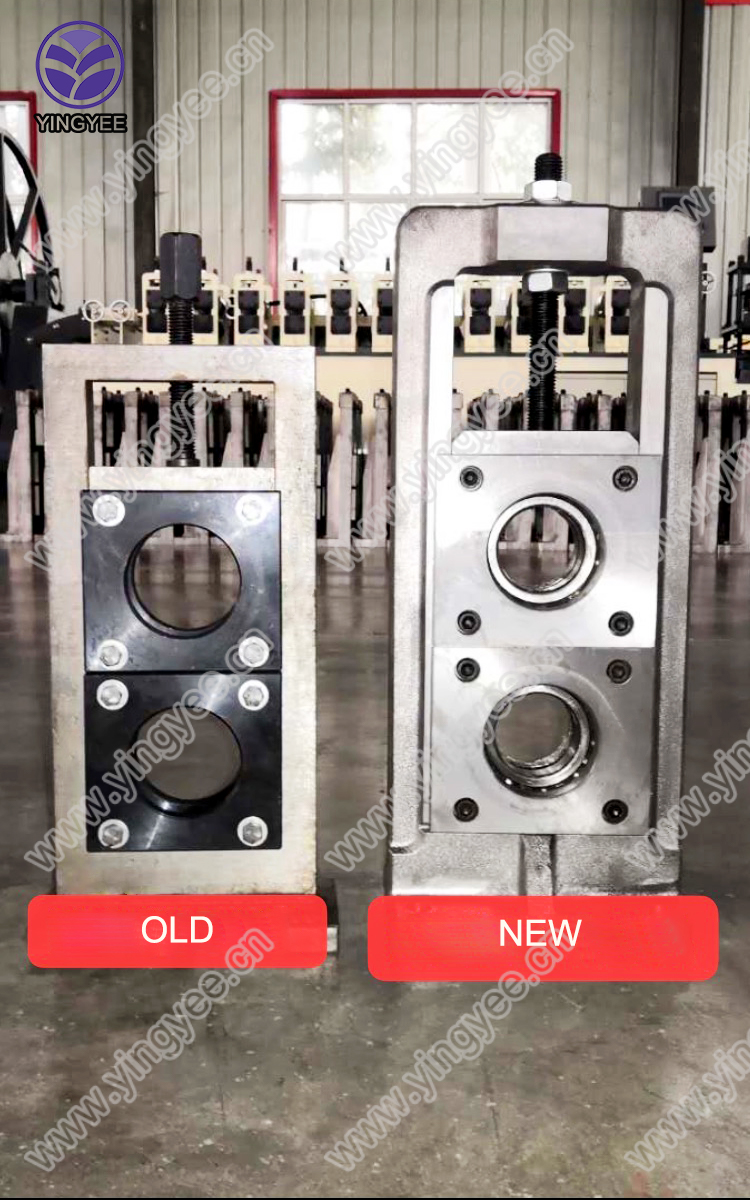
Understanding Main Furring Roll Forming Machines Essential Components and Benefits
A main furring roll forming machine is a vital piece of equipment in the construction and manufacturing sectors, particularly in wall and ceiling systems. These machines are engineered to create furring channels—horizontal supports used to level or support wall and ceiling panels. By understanding the functionality, benefits, and applications of these machines, one can appreciate their significant role in modern construction practices.
What Is a Main Furring Roll Forming Machine?
At its core, a main furring roll forming machine shapes metal strips into desired profiles using a series of rollers. This process involves feeding a flat metal sheet—commonly made from steel or aluminum—through a series of rollers that gradually bend and form the metal into specific channels or profiles, which are then used in construction to provide support for various installations.
The design of a furring roll forming machine can vary significantly, with some machines accommodating different materials and thickness levels to produce a range of channel sizes. Typically, the output can be tailored to meet specific project requirements in terms of width, height, and thickness.
The Roll Forming Process
The roll forming process begins with the metal strip being fed into the machine. As it passes through the rollers, each roller progressively shapes the strip until it achieves the desired profile. The process is highly efficient, allowing for continuous production, which minimizes material waste and operational costs.
Once the desired profile is formed, the machine may incorporate additional features such as cutting lengths to precise measurements or punching holes for wiring and other installations. This versatility allows manufacturers to produce high-quality, ready-to-use furring channels that can be integrated immediately into construction projects.
Advantages of Using a Main Furring Roll Forming Machine

1. Cost-Effectiveness The continuous production process offered by roll forming significantly reduces labor costs and material waste. This efficiency makes it an economically viable choice for manufacturers needing large volumes of furring channels.
2. High Precision Roll forming machines are designed to produce uniform products with tight tolerances. This precision is crucial in construction, where inconsistencies can lead to structural issues down the line.
3. Material Versatility These machines can work with different metals and alloy compositions, allowing manufacturers to select materials that meet specific project requirements for strength, weight, and resistance to elements.
4. Speed of Production The roll forming process is much faster than other methods of forming metal, such as stamping or machining. A single furring roll forming machine can produce vast quantities of products in a short period, meeting demanding project deadlines.
5. Customization With modern technological advancements, many roll forming machines can be easily adjusted or programmed to fabricate custom profiles, expanding their usability in different construction scenarios.
Applications in Construction
Main furring channels are utilized widely in construction, particularly in suspended ceilings, façade systems, and wall partitions. They provide essential support for drywall, acoustic panels, and various other finishing materials. By employing furring channels, builders can level surfaces, install insulation, create cavities for electrical wiring, and improve overall aesthetic appeal.
In summary, a main furring roll forming machine is an indispensable tool in the construction industry. Its efficiency, precision, and adaptability make it an ideal choice for manufacturers and builders alike. As construction technology continues to evolve, the importance of such machines will likely increase, paving the way for innovative applications and further transformations in building practices. The long-term benefits of utilizing such machinery underscore the ongoing transition toward automated and efficient construction processes, heralding a new era in the industry.